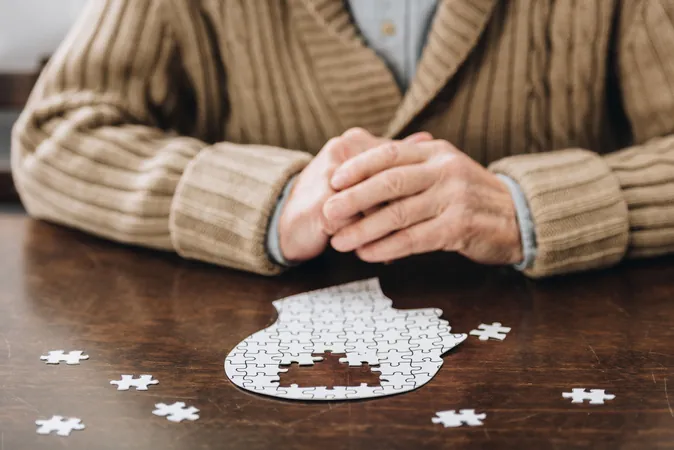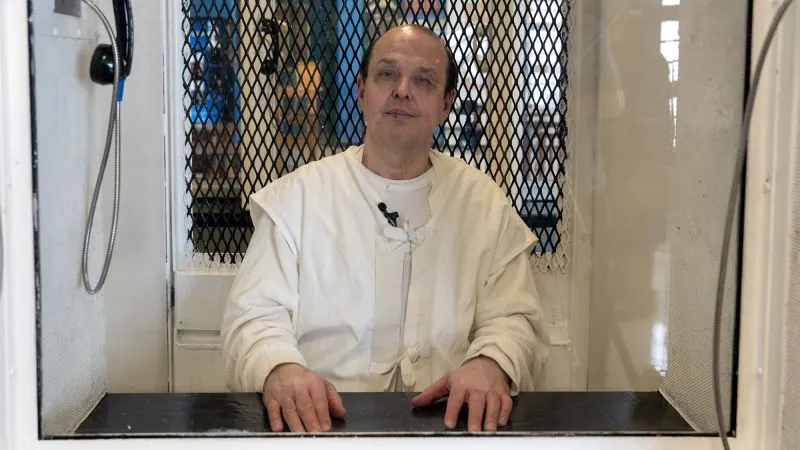
Promising Combination Therapy May Halt Cognitive Decline in At-Risk Seniors
2024-11-06
Author: Amelia
Recent research featured in JAMA Psychiatry highlights a groundbreaking study—the PACt-MD trial—which reveals that a dual therapy approach, combining cognitive remediation (CR) and transcranial direct current stimulation (tDCS), shows significant promise in slowing cognitive decline among older adults at risk for dementia. This study specifically targets individuals suffering from major depressive disorder in remission (rMDD) or mild cognitive impairment (MCI), both conditions known to elevate dementia risk.
The PACt-MD study enrolled 375 participants aged 65 and older, assigning them to receive either the active treatment or a placebo. Those in the treatment group engaged in daily two-hour cognitive remediation sessions designed by trained specialists. The CR exercises focused on enhancing various cognitive domains, including attention, processing speed, executive function, as well as verbal and working memory, with task difficulty adjusted to each participant's level. Additionally, participants received tDCS—an innovative non-invasive brain stimulation technique—during these sessions.
Key Findings of the Trial
The trial, which is being conducted by the Centre for Addiction and Mental Health, began assessing participants with a primary focus on their cognitive scores. The treatment sessions occurred five days a week over the initial eight weeks and continued biannually thereafter. Comprehensive assessments were conducted at baseline, two months, and then annually for an extended follow-up period.
The study's results revealed that the combination therapy effectively slowed cognitive decline as evidenced by a significant cognitive score improvement over a median follow-up of 48.3 months. However, improvements in cognitive functioning were not immediate, indicating that while the therapy may be beneficial long-term, it does not yield acute results.
Expert Comments and Implications
Dr. Benoit Mulsant, a senior scientist involved in the study, emphasized the importance of targeting the prefrontal cortex with these techniques. This area of the brain is pivotal for executive functions and demonstrating adaptability in response to interventions. Notably, the findings suggested that patients with rMDD who do not carry the APOE ε4 gene—often linked to dementia—experienced more pronounced benefits from the therapy.
Additionally, the study aimed to address the multifactorial nature of cognitive decline, suggesting that therapies combining different methods may be more effective in targeting various disease mechanisms.
Dr. Tarek Rajji praised the longevity and impact of the findings, stating, "This study shows promise that multi-prong, non-pharmacological approaches for individuals at high risk of dementia could help them maintain independence longer."
Future Directions
While the results are promising, the study acknowledged limitations, including a homogenous participant sample in terms of ethnicity and education, which could affect the generalizability of the findings. Researchers are keen to explore more diverse populations in future trials to validate and expand upon these initial outcomes.
As global populations continue to age, such research not only contributes tremendously to the scientific understanding of dementia but also offers hope for millions affected by cognitive decline. Ultimately, the exploration of non-pharmacological treatments, such as this combination of cognitive remediation and brain stimulation, stands to revolutionize the approach to dementia risk management in older adults.
Stay tuned as ongoing follow-up from the PACt-MD study is expected to shed even more light on effective interventions for those at risk of cognitive decline!









 Brasil (PT)
Brasil (PT)
 Canada (EN)
Canada (EN)
 Chile (ES)
Chile (ES)
 España (ES)
España (ES)
 France (FR)
France (FR)
 Hong Kong (EN)
Hong Kong (EN)
 Italia (IT)
Italia (IT)
 日本 (JA)
日本 (JA)
 Magyarország (HU)
Magyarország (HU)
 Norge (NO)
Norge (NO)
 Polska (PL)
Polska (PL)
 Schweiz (DE)
Schweiz (DE)
 Singapore (EN)
Singapore (EN)
 Sverige (SV)
Sverige (SV)
 Suomi (FI)
Suomi (FI)
 Türkiye (TR)
Türkiye (TR)